 In part one, we went over the physical space and room dynamics of setting up your own home recording studio. Now, it’s time to bring the gear in. As with part one, this is a very basic overview. To go into a thorough exploration of the many different ways to set up a home studio could easily fill a book that still wouldn’t capture all the particulars. These are the basics required for someone interested in making a better sounding recording without leaving the comfy environs of home.
In part one, we went over the physical space and room dynamics of setting up your own home recording studio. Now, it’s time to bring the gear in. As with part one, this is a very basic overview. To go into a thorough exploration of the many different ways to set up a home studio could easily fill a book that still wouldn’t capture all the particulars. These are the basics required for someone interested in making a better sounding recording without leaving the comfy environs of home.
Computer and recording software
We’re not going into whole PC vs. Mac or commercial software vs.
open-source freeware debate, as that would take WAY too long and get WAY too
political. Just know that many software programs exist, some free, some not, and you need a computer with enough processing power to handle serious at-home recording. Set up your main console workspace first and go out from there with the rest of the gear.
Audio interface
For high-quality music, a sound card or simple adapter won’t do — you need an audio interface. This is the go-between device that lets what you are recording meet your computer in a recognizable form. An audio interface converts the sound from analog to digital signals that your computer can read. At the other end of the audio interface is the…
Mixer
Oh, yes, you need one of these, too. Don’t go thinking you can get away with not having a real mixing board if you want a real home studio. This is where you plug in mics, adjust the levels, EQ the instruments, etc. You’ll want one with multiple channels for recording multiple mics and instruments at once.
Headphones
A good set of over-the-ear professional-grade headphones is a must. Actually, you’ll need a few pairs if recording a full band, one for the person at the controls, the others for the players.
Monitor speakers
You need good speakers placed at ear level around the console. “Why do I speakers if I already have such good headphones?” you may ask. “Won’t the computer speakers do?” Nope. Monitor speakers are best for listening to the mixes. Yes, headphones are wonderful for detecting the fine nuances, but when you’re mixing and listening to the playback, you want to be able to hear it on stereo speakers in a room, to get a feel for depth and how it might sound out in the real world.
Microphones
Of course you know you need these. Dedicated instrument mics, vocal mics and condenser mics. Plus, the all important accoutrements like boom mic stands, so you don’t accidentally bump the main stem of the stand in the middle of an otherwise perfect performance, and pop filters, to capture the singer’s naturally popping Ps before they get to the mic and onto a track.
So, there you have the basic ingredients of a traditional home studio setup. Hopefully you will explore, experiment and create your own recipe to deliver delectable sonic dishes to the masses. Happy recording!















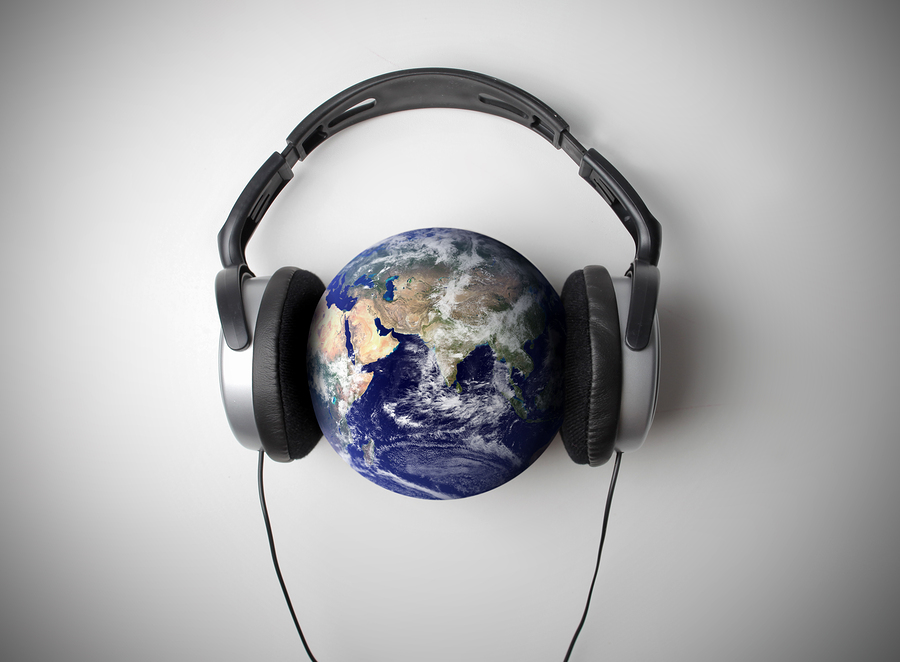

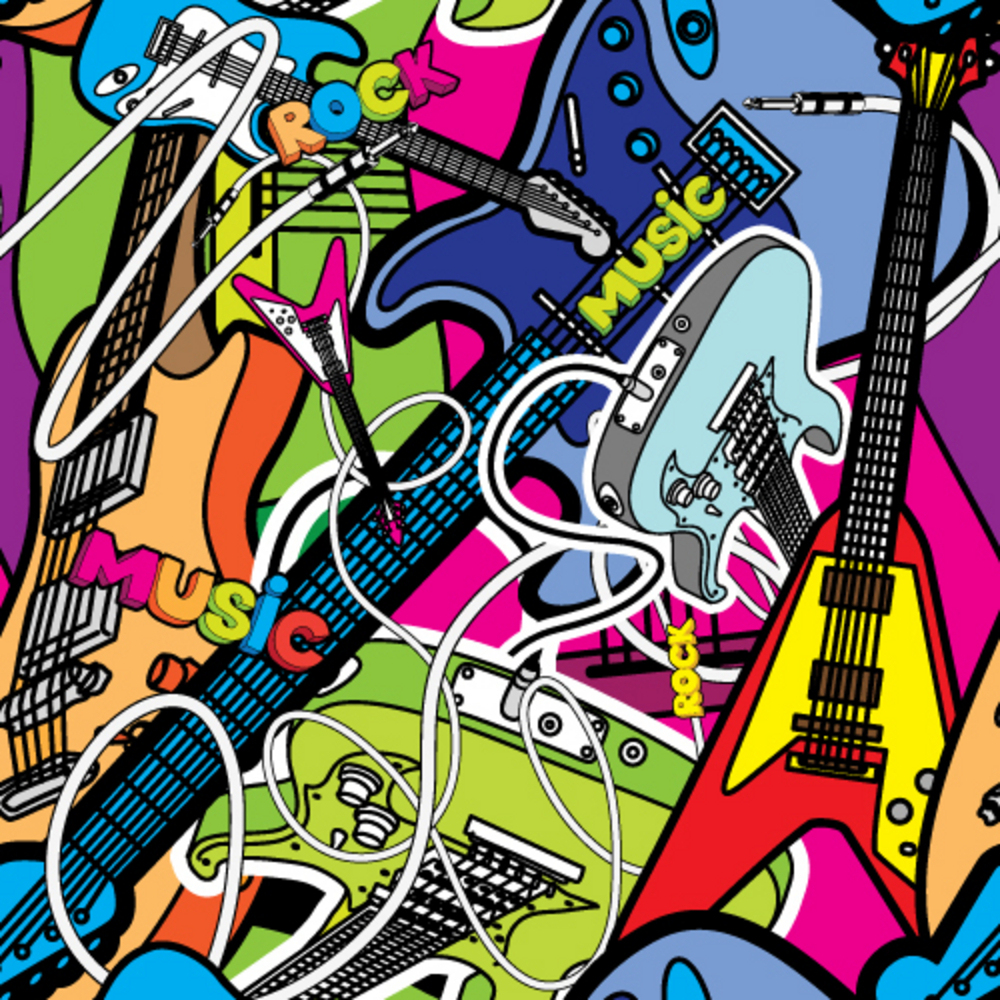






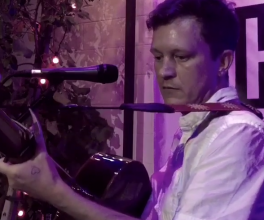
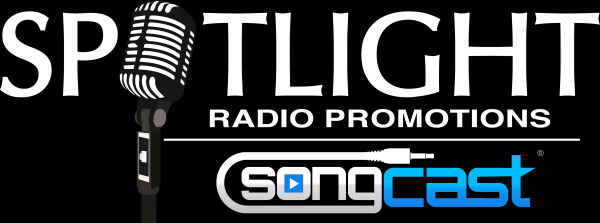
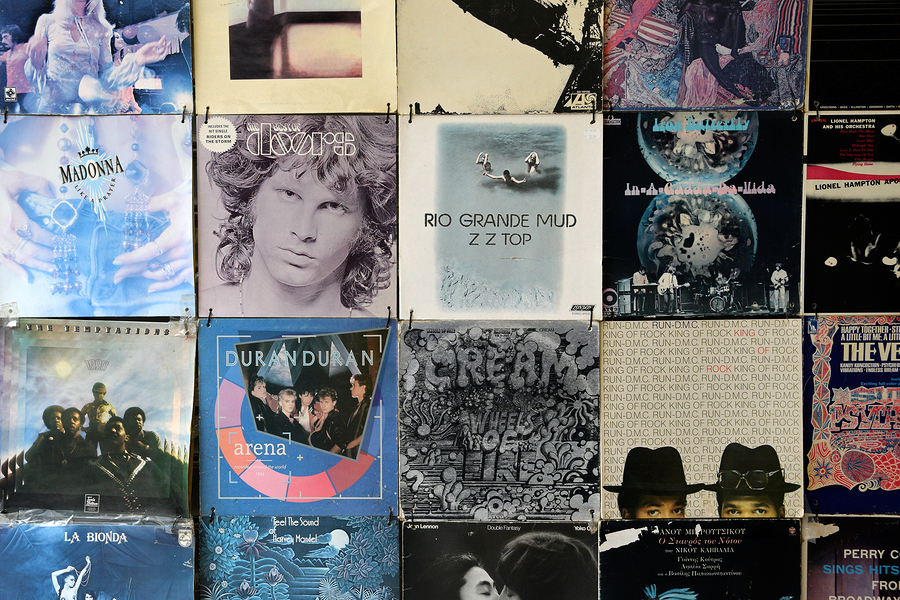





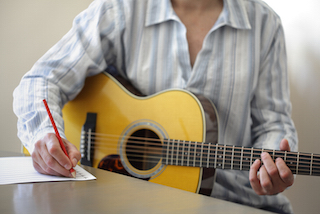
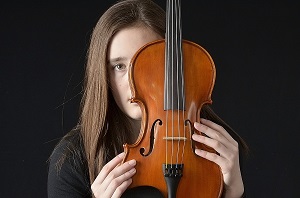

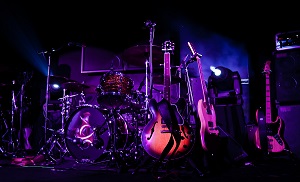







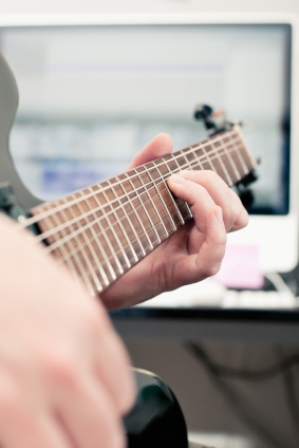
Comments
No comment